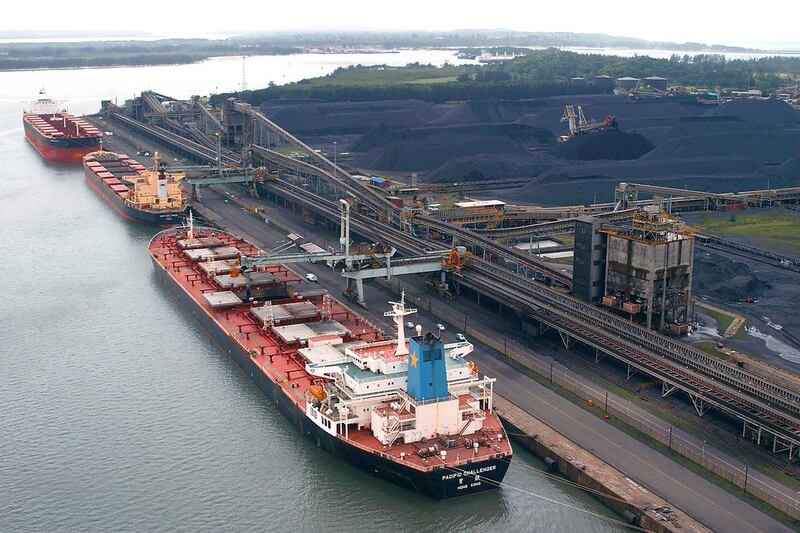One of the most energy-starved regions on the planet, southern Africa, is gearing up to build a fleet of more than a dozen coal plants to eliminate rolling power cuts.
South Africa, Botswana, Malawi, Mozambique, Zambia, Zimbabwe and Tanzania are all in the process of putting together agreements with independent contractors to build coal-fuelled thermal electric plants.
If there’s one thing that southern Africa has plenty of, it’s coal. According to the Southern Africa Development Community’s master plan for energy, proven coal reserves are about 32 billion tonnes of economically recoverable reserves; the estimated total resources are more than ten times that figure.
The most-ambitious is South Africa, which has two big coal plants now under construction – each one with a capacity of about 4,800 megawatts (MW).
A single plant of this size will consume some 15 million tonnes of coal a year, according to Eskom, the state utility building the plants.
One will be fitted with gas cleaning equipment during construction to comply with air quality legislation, while the other will be upgraded a few years after construction is completed. The clean coal adaptations will be needed as South Africa voluntarily plans to introduce an aggressive carbon tax soon.
Across the region, however, proposals for smaller plants are the norm. Unlike South Africa’s state-driven projects, these will be private sector driven. A typical example is that being put together by the Irish-listed, Tanzania-focused, Kibo Mining, which aims to build a mine with a 300MW coal plant on site. This would be enough to power about 150,000 middle class homes.
“Tanzania needs about 2,000MW but is producing only about 1,000MW,” says the Kibo chief executive Louis Coetzee. “Tanzania has a policy view to increase energy generation, based on a mix of 30 per cent gas, 30 per cent hydro and 30 per cent coal.” According to the IMF, the country’s GDP is growing by about 7 per cent a year, which only adds to the pressure to meet power demands.
Arabian Gulf companies are getting involved. A UAE company, Utico Middle East, has been signed up to develop a 300MW coal power station in the north of Namibia. And Saudi Arabia’s Acwa is behind the building of a US$1 billion plant in the north of Mozambique.
Apart from the need for cheap electricity, countries in southern Africa are also looking for ways to profit from their coal resources. However, low prices and the lack of adequate rail infrastructure make many coal mining proposals aiming for export uneconomical. Putting up a power plant and selling electricity is a better proposition. Landlocked Botswana, for instance, is eager to move away from economic dependence on diamonds and tourism, and exploit its large coal reserves. But to do so would require a railway line costing at least $10bn to build.
“Very few of these proposed mining projects for the export market have a future, given the present situation of the global market,” says Xavier Prevost, a South African coal analyst.
“The few projects proposed in Mozambique and Botswana are not deemed to have any profitability, mainly because of the distance from the area to the nearest port by rail or that rail isn’t available yet and very unlikely to be built in the near or far future.”
Instead, some otherwise doomed coal projects will now turn to electricity generation.
business@thenational.ae
Follow The National's Business section on Twitter





